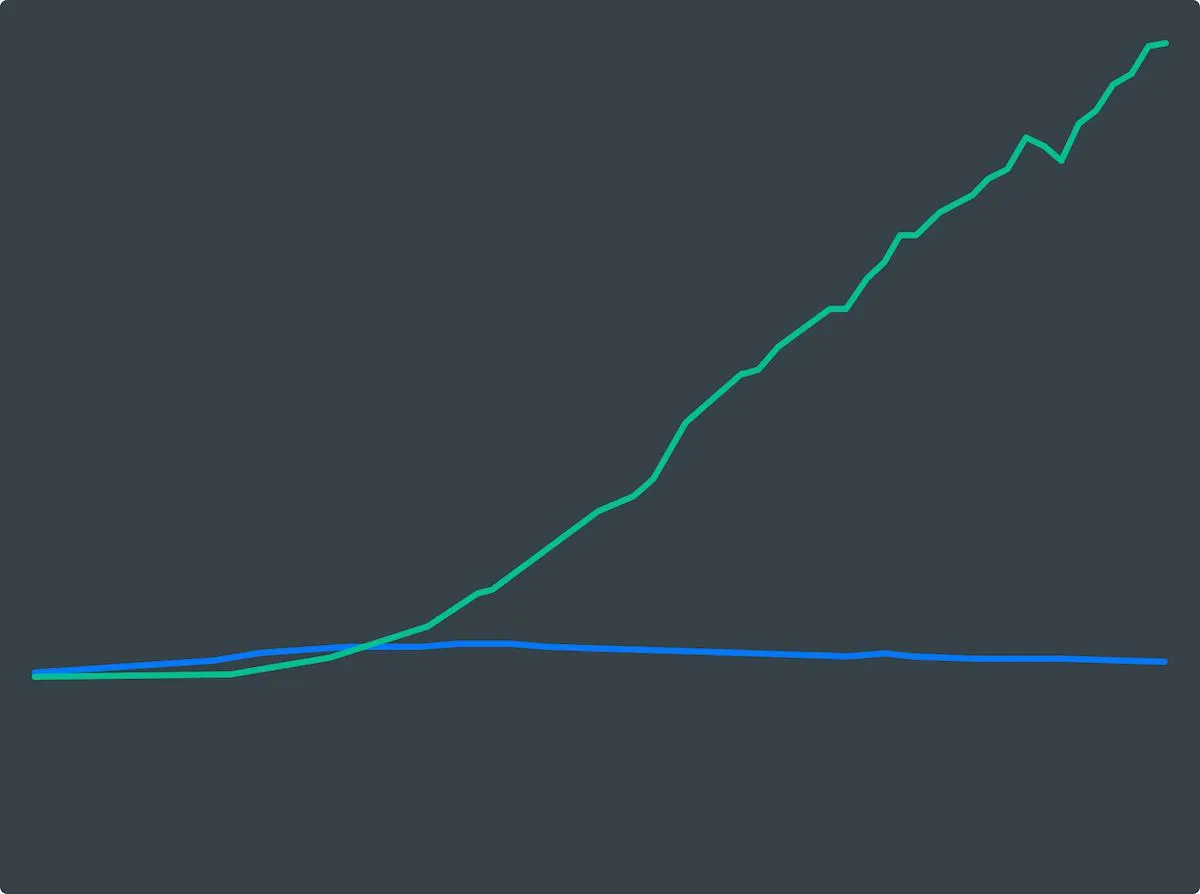The Rise of Slack in the Team Chat Market
In the ever-evolving landscape of team communication tools, Slack emerged as a frontrunner, revolutionizing the way teams interact and collaborate. Launched in 2013, Slack quickly gained traction among tech companies and startups, ultimately expanding its user base to a wide range of industries. The platform's user-friendly interface and innovative features set it apart from competitors, leading to its dominance in the team chat market.
Key Features Contributing to Slack's Success
Several key features contributed to Slack's meteoric rise in popularity:
- Channels: Slack's channel system allows teams to organize conversations by topics, projects, or departments, making it easy for members to find relevant discussions.
- Integrations: With over 2,000 integrations, Slack seamlessly connects with tools like Google Drive, Trello, and Zoom, enhancing productivity and streamlining workflows.
- User Experience: A clean and intuitive interface ensures that users can navigate the platform effortlessly, reducing the learning curve associated with adopting new tools.
- Search Functionality: Slack's powerful search capabilities enable users to quickly locate past messages and files, ensuring that important information is never lost.
Market Impact and Adoption Rates
Slack's impact on the team chat market is evident in its rapid adoption rates. According to recent statistics, Slack reached 12 million daily active users by October 2020, a significant increase from just 2.7 million in 2015. The following chart illustrates the growth trajectory of Slack over the years:
| Year | Daily Active Users |
|---|---|
| 2015 | 2.7 million |
| 2016 | 4.5 million |
| 2017 | 8 million |
| 2018 | 10 million |
| 2019 | 12 million |
| 2020 | 12 million+ |
This rapid growth illustrates how Slack effectively captured the attention of businesses looking for modern communication solutions. As remote work became more prevalent, especially during the COVID-19 pandemic, Slack's user base expanded even more, solidifying its position as a leading team chat platform.
Competitive Landscape
The success of Slack did not come without competition. Other platforms such as Microsoft Teams, Discord, and Google Chat have also made significant inroads into the team chat market. However, Slack has consistently maintained its edge by prioritizing user feedback and continuously evolving its offerings. For example, the introduction of features like Slack Connect allowed users to collaborate with external partners while maintaining security and privacy.
Challenges and Future Outlook
Despite its success, Slack faces challenges as the market becomes increasingly crowded. Competitors are constantly innovating and introducing new features that may appeal to users. However, Slack's commitment to enhancing user experience and expanding its integration capabilities positions it well for future growth.
Moreover, as remote work becomes a long-term reality for many organizations, the need for effective communication tools will remain high. Slack is well-positioned to capture a significant share of this market, particularly as it continues to innovate and respond to user needs.
Conclusion
In conclusion, Slack's rise to the top of the team chat market can be attributed to its innovative features, user-centric design, and strategic integrations. As more businesses embrace remote work, the demand for effective communication tools is likely to continue growing. Slack's ability to adapt and evolve will be crucial in maintaining its competitive edge in the coming years.
For companies looking to enhance their team collaboration, choosing Slack can provide an excellent foundation for streamlined communication and productivity. The platform's extensive features and integrations make it a strong contender in the dynamic world of team chat tools.
As the team chat landscape evolves, companies must remain aware of emerging trends and tools. Staying informed about competitors and industry changes will be essential for businesses seeking to leverage team communication effectively. By embracing solutions like Slack, organizations can foster a culture of collaboration that drives success in today's fast-paced work environment.





